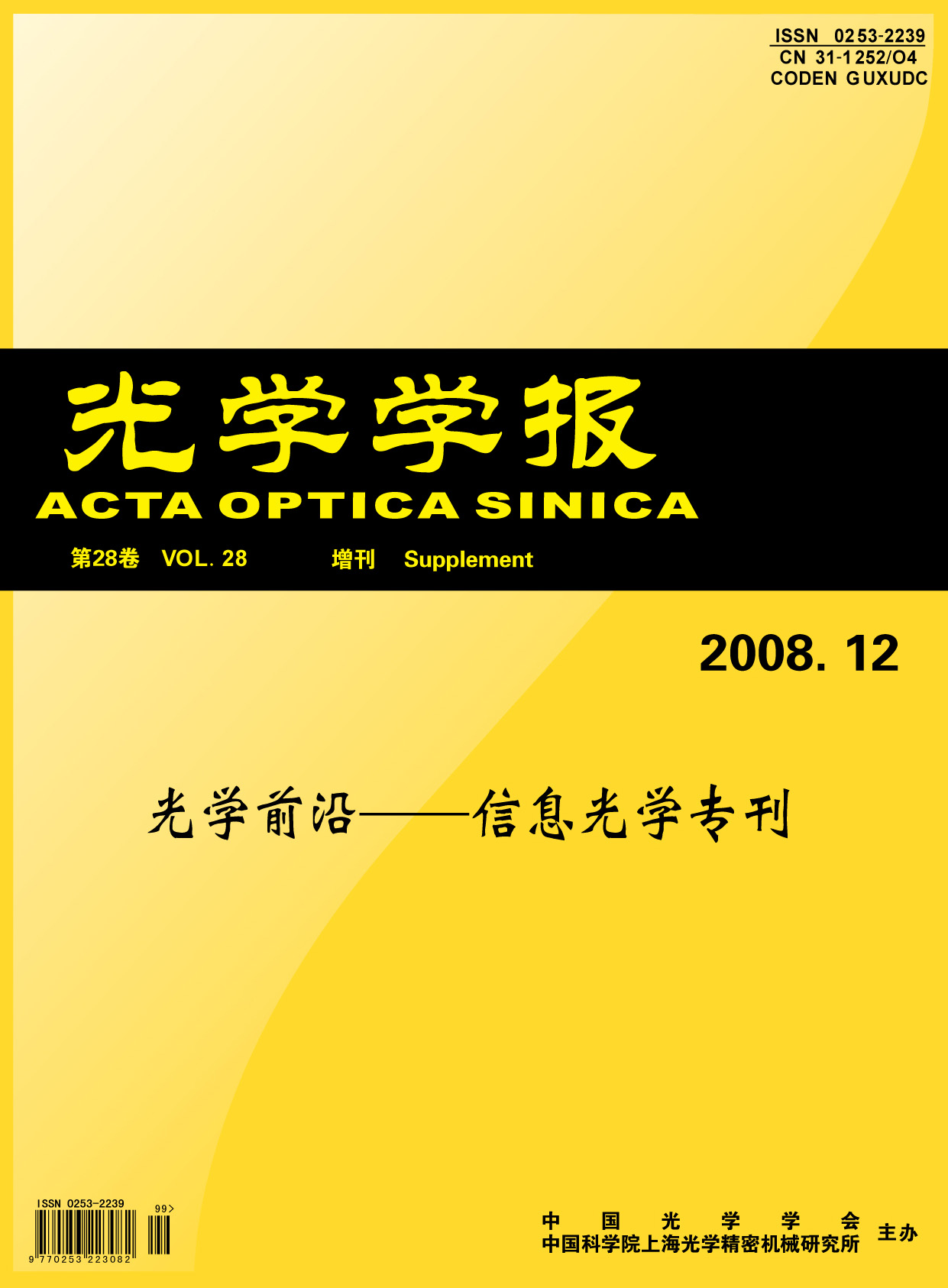光学学报, 2008, 28 (s2): 62, 网络出版: 2009-01-05
紫外光通信中基于大气散射理论的传输模型
Study on The Transport Model Based on Atmosphere Scattering Theory in Ultraviolet Communication
紫外光通信 二次散射模型 散射相函数 传输特性 ultraviolet communication twice scattering model scattering phase function propagation performance
摘要
在研究单次散射模型的基础上, 针对单次散射模型不能对天气变化对紫外光信号造成的影响做出模拟的不足, 结合大气散射理论构建了紫外光传输的二次散射模型。研究了瑞利散射和米氏(Mie)散射在四种典型天气条件下的散射相函数, 仿真得出了紫外光被大气中的粒子散射后的能量分布情况, 将其引入二次散射模型, 并确定了各种天气条件下的散射粒子浓度后对紫外光通信系统做出性能仿真。计算结果表明, 二次散射模型可以仿真不同的天气条件下的紫外光通信系统的性能, 从仿真结果上验证了非直视通信的可实现性。并得出, 在雨、雾天气下, 紫外光信号衰减剧烈, 接收仰角不可过大; 在天气晴好时, 能更好的实现紫外光非直视通信, 接收仰角可达到180°。长距离通信时, 天气状况变化对通信性能影响更大。
Abstract
Aiming at the single scattering model cannot figure how the ultraviolet communication was affected by different weather. Twice scattering model was put forward combined with the atmosphere scattering theory after studying the single scattering model. Phase function for Rayleigh and Mie scattering was studied in several weather conditions. After being scattered by particles, UV’s energy density distribution was simulated, and then the performance of ultraviolet communication system was simulated combining with particle’s thickness effectively. Simulation results indicate that non-line sight of communication is realizable, and twice scattering model can be used in different weather condition. Furthermore, the attenuation of UV signal is very sharp in rain and fog, which restricts the receiver apex angle comparatively, and that it is appropriate to UV communication in good weather, under which the receiver apex angle can reach 180°. Weather factor is more important in long-distance communication.
刘晔, 徐智勇, 汪井源. 紫外光通信中基于大气散射理论的传输模型[J]. 光学学报, 2008, 28(s2): 62. Liu Ye, Xu Zhiyong, Wang Jingyuan. Study on The Transport Model Based on Atmosphere Scattering Theory in Ultraviolet Communication[J]. Acta Optica Sinica, 2008, 28(s2): 62.





